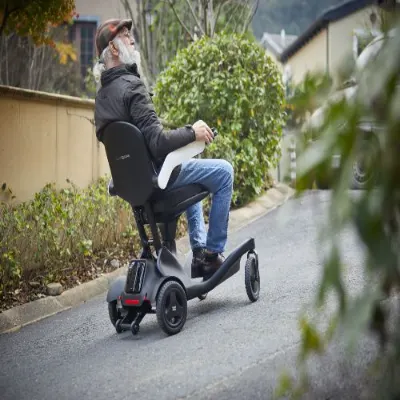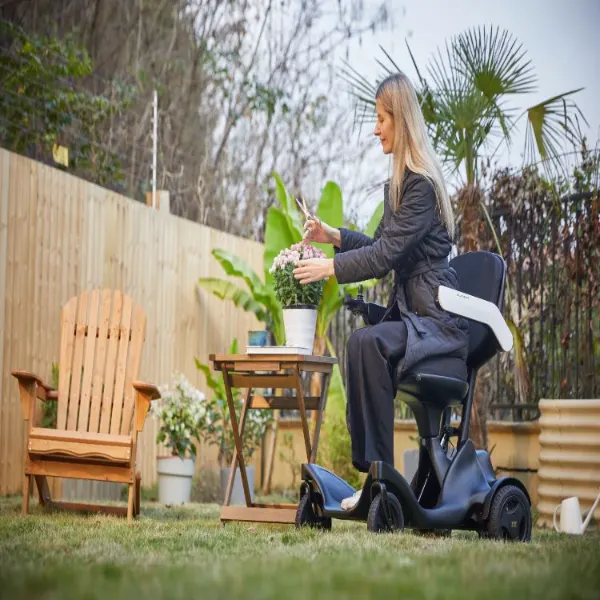
1. The Charging Algorithm Revolution
1.1 Lithium Chemistry Dynamics
- Partial charging (20-80%) extends cycle life by 400% vs full cycles
- Voltage sweet spots:
- 3.92V/cell (optimal storage)
- 4.10V/cell (daily use max)
1.2 Smart Charging Protocol
State of ChargeCharger BehaviorTime Efficiency0-20%Bulk charge (8A)38 min20-80%Absorption (4A)2.1 hrs80-100%Float (1A)Avoid unless traveling
2. Thermal Management Science
2.1 Temperature Impact Data
- Capacity loss per 10°C above 25°C (77°F):
- 1 month exposure: 3.2% irreversible
- 12 months: 35% capacity degradation
2.2 Seasonal Protection
- Winter protocol:
- Pre-heat to 15°C before charging
- Insulated battery blankets
- Summer solutions:
- Ceramic-coated battery cases
- Nighttime charging only
3. Connection Maintenance
3.1 Terminal Care
- Quarterly maintenance:
- Deoxit D5 spray application
- Brass brush cleaning
- No-Ox-ID grease application
3.2 Wiring Inspection
- Critical checkpoints:
- 14AWG minimum for 20A systems
- Voltage drop <0.3V under load
- Corrosion indicators:
- White powder (lead sulfate)
- Blue-green (copper oxide)
4. Usage Optimization
4.1 Terrain Intelligence
- Grade resistance calculations:
InclineEnergy Multiplier5°1.8×10°3.2×15°5.7x
4.2 Regenerative Braking
- Proper technique recovers 12-15% energy
- Optimal descent speed: 0.75 x max speed
5. Advanced Diagnostics
5.1 Quarterly Checkups
- Essential metrics:
- Cell balance variance (<50mV)
- Internal resistance delta (<15%)
- Capacity fade rate (%/month)
5.2 Replacement Triggers
- 70% original capacity = end of service life
- Swelling >3mm = immediate replacement
Emergency Protocols
- Water Exposure:
- Disconnect within 30 seconds
- Dry for 72 hours at 35% RH
- Thermal Runaway:
- Class D fire extinguisher required
- 48-hour quarantine after incident






